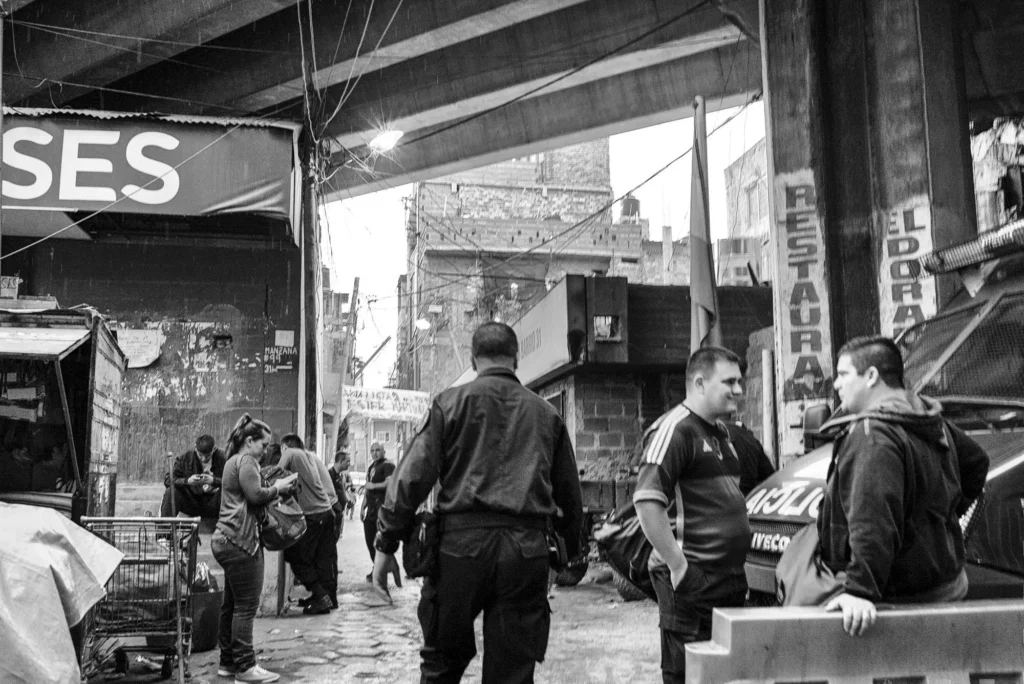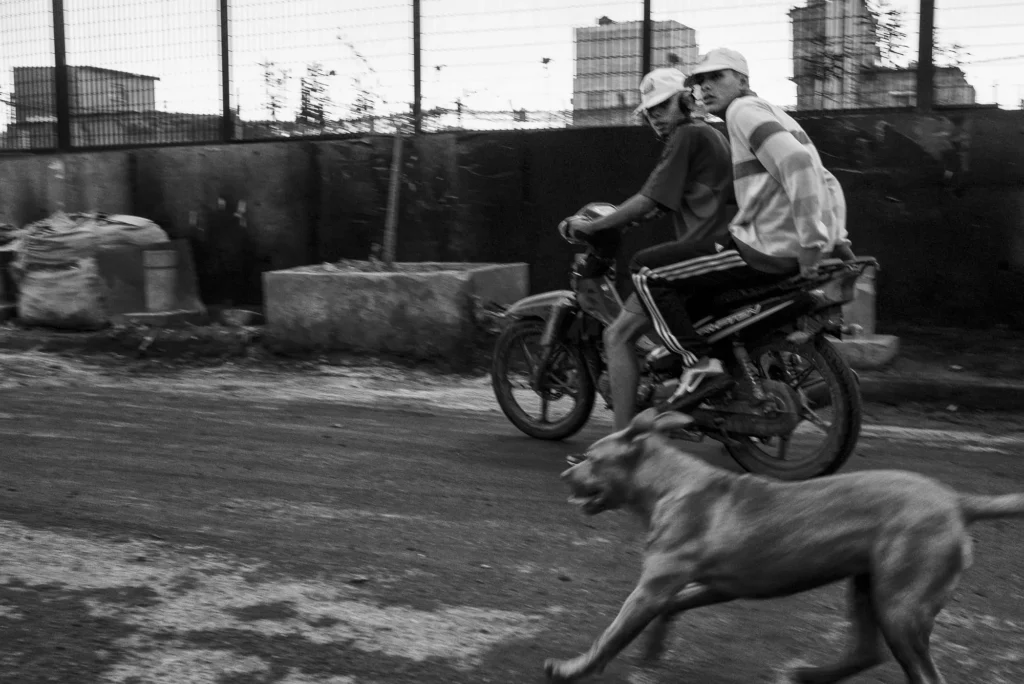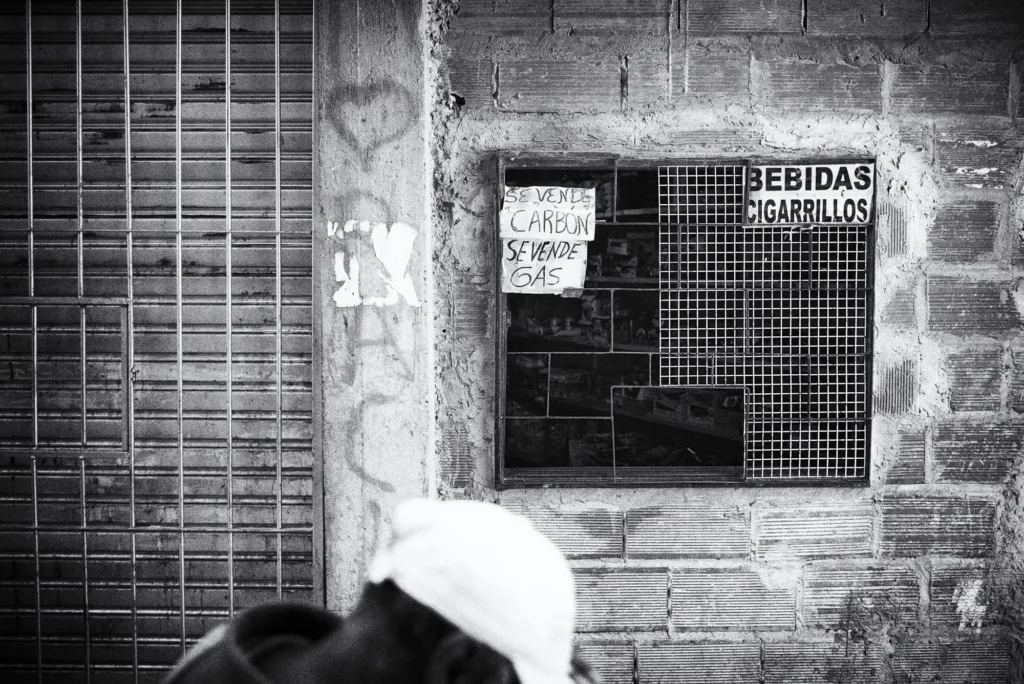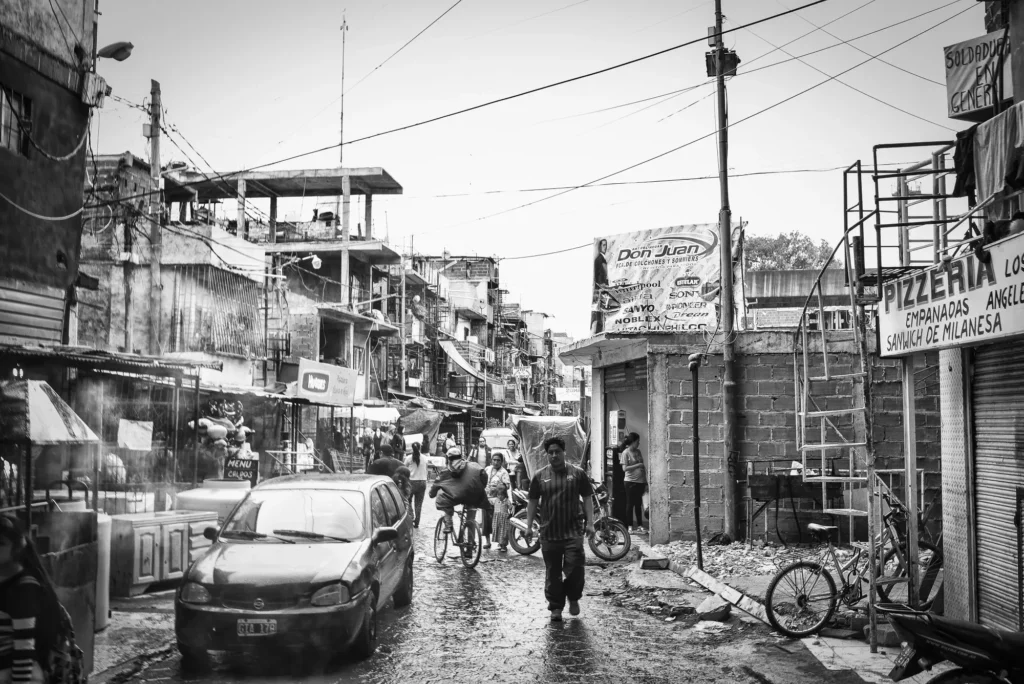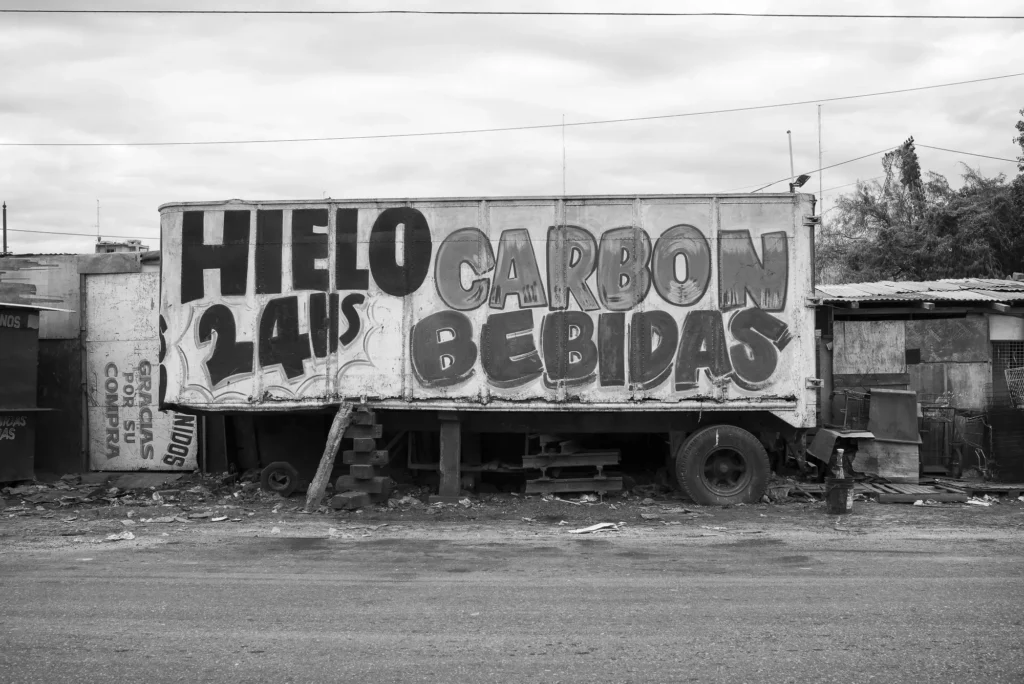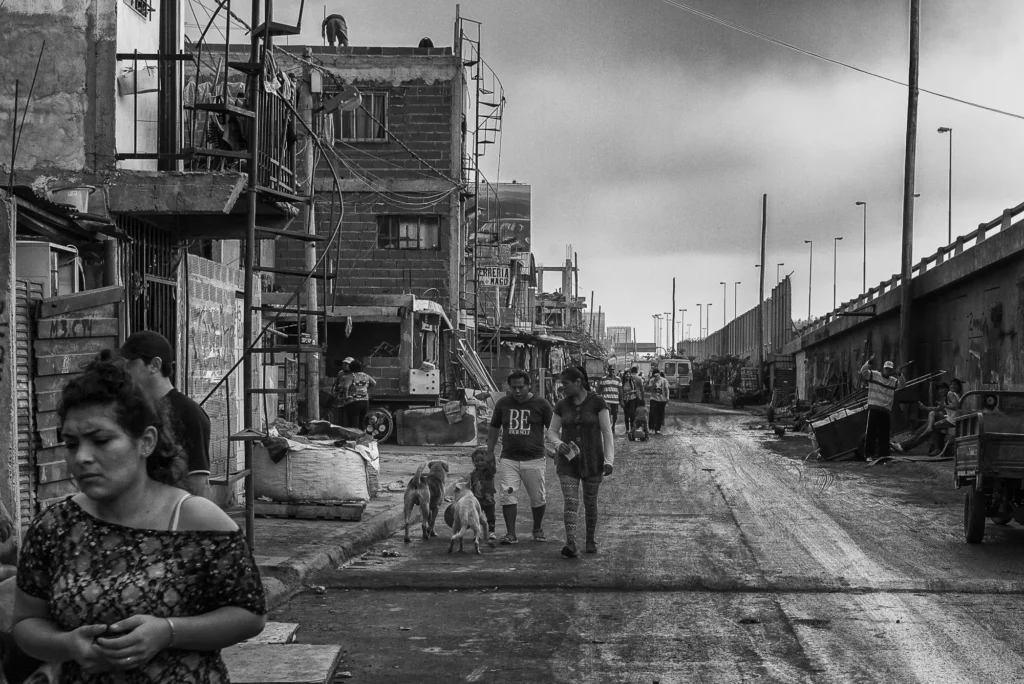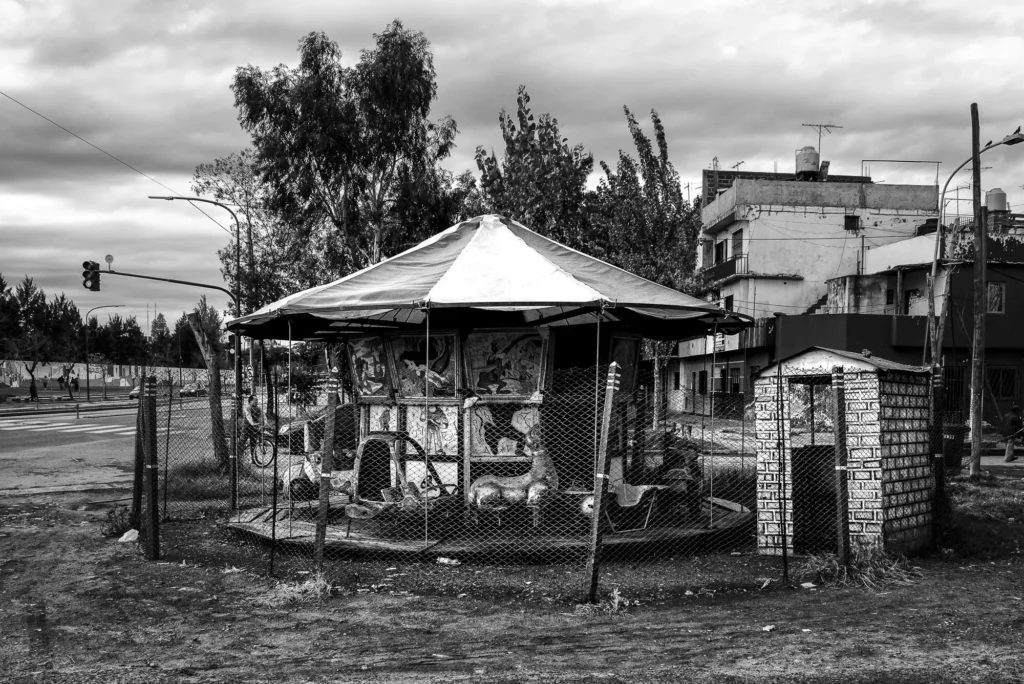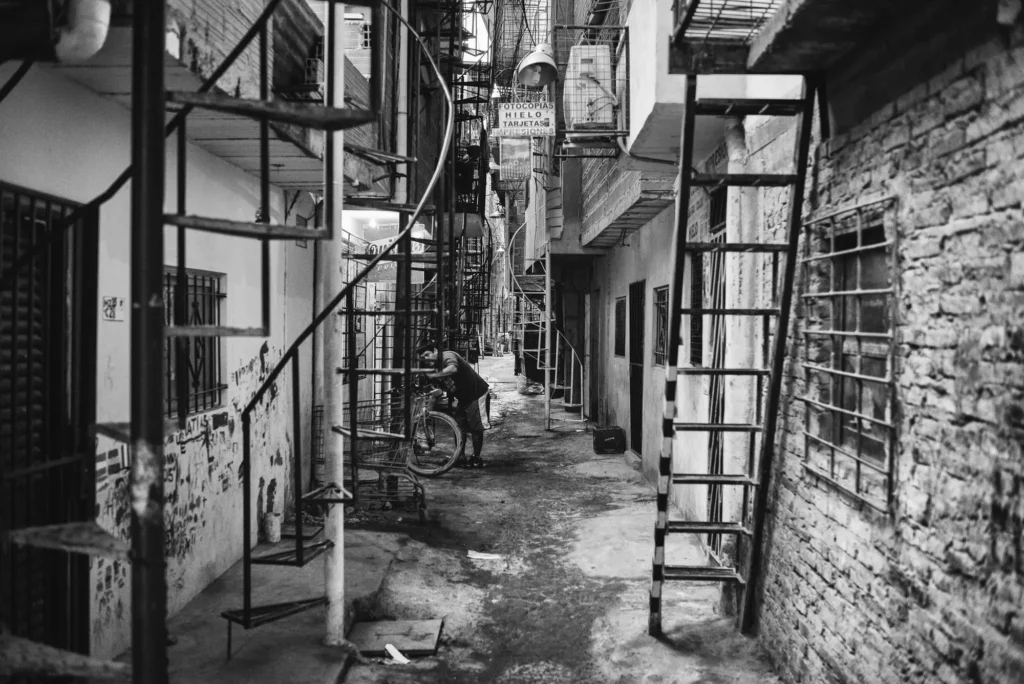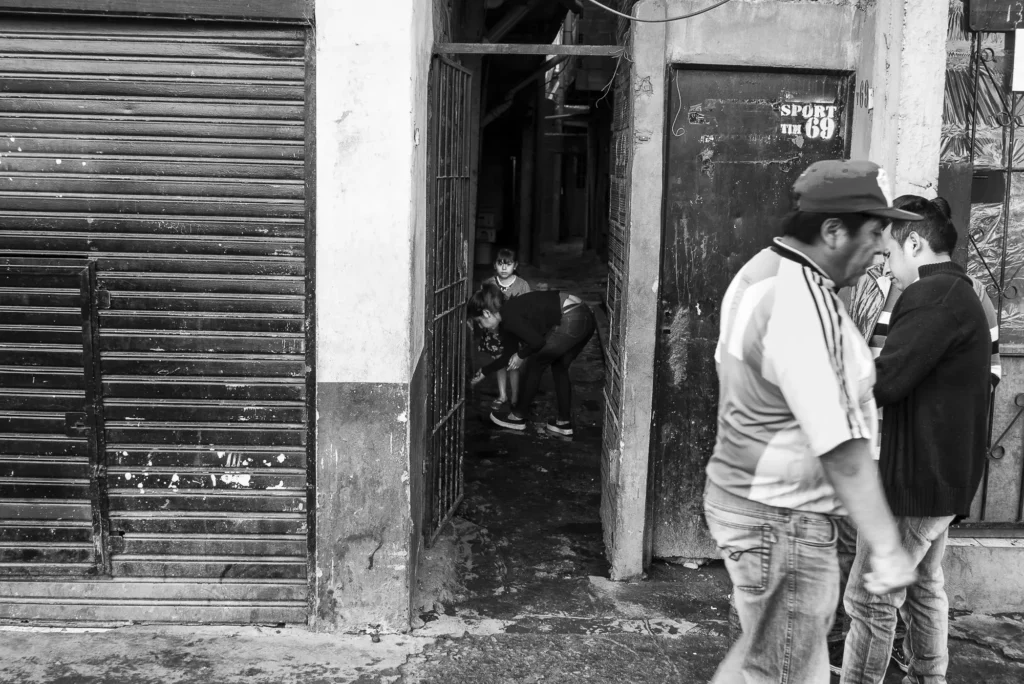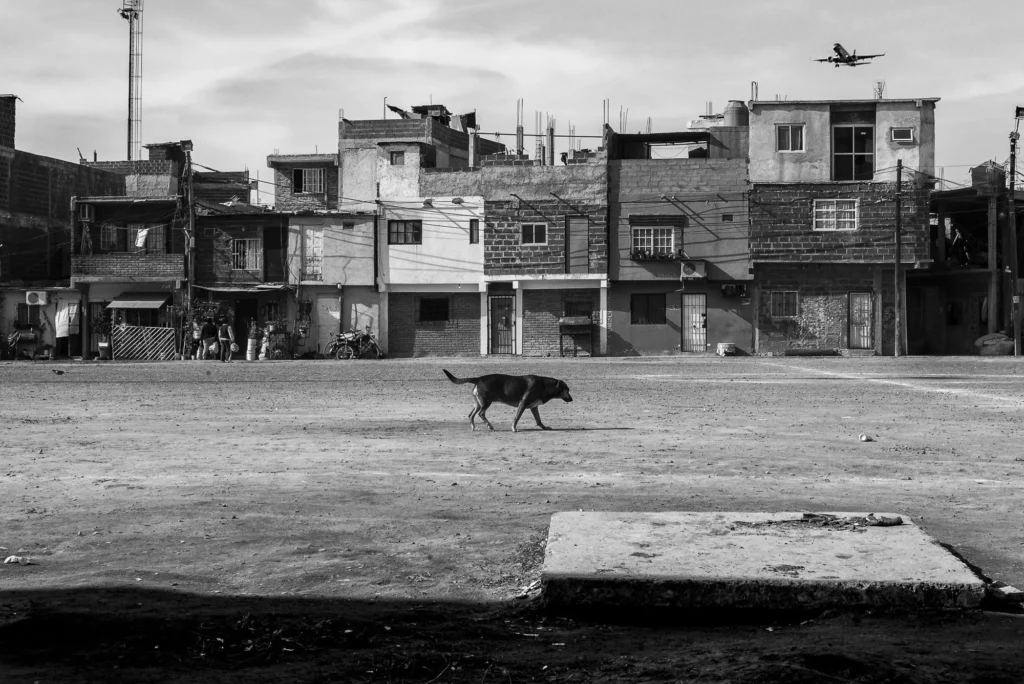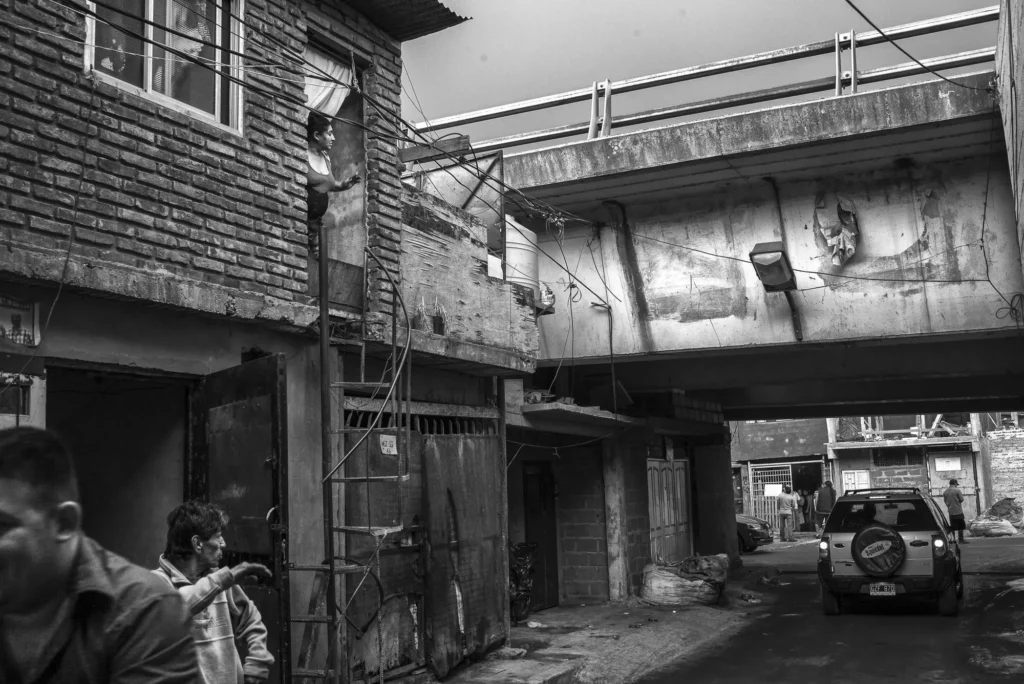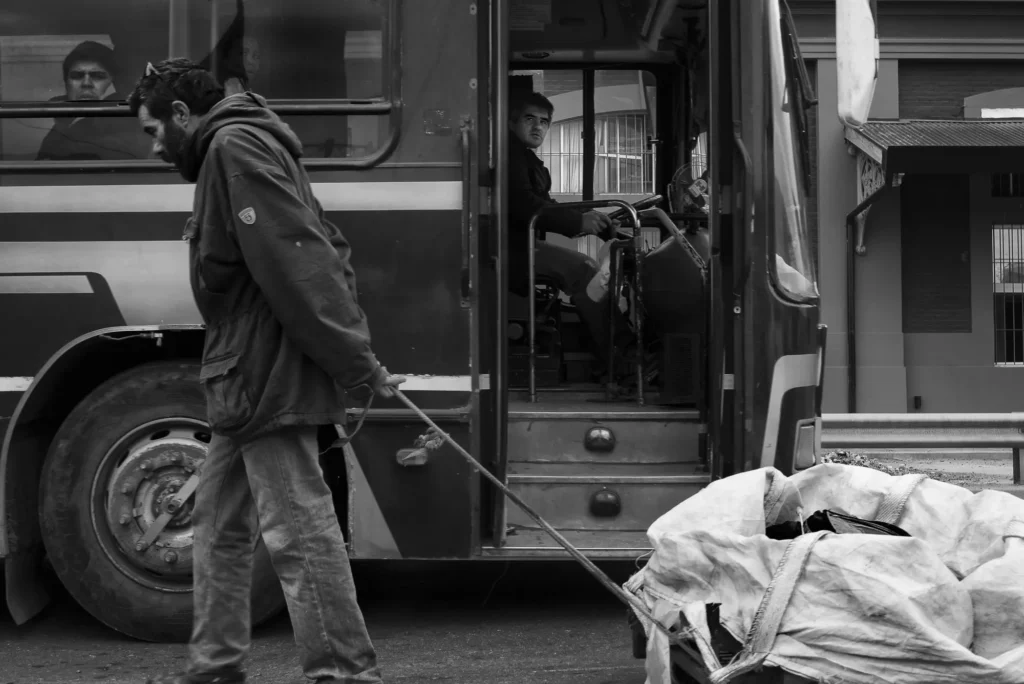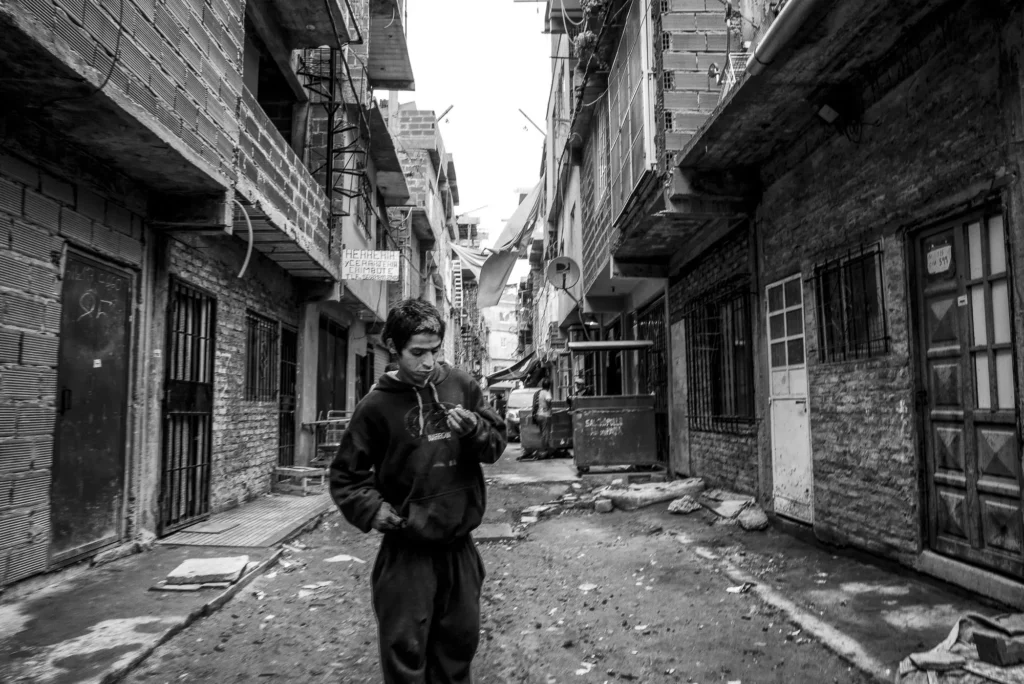Villa 31 was built in the 1930s and is the oldest of the villas miserias in Buenos Aires — urban spaces of segregation, self-contained neighbourhoods within the metropolis. They emerged following the first waves of migration from rural Argentina and, above all, from Europe in the early 20th century.
Despite having undergone various processes — including occasional, half-hearted attempts at urbanisation or eradication — the villas today are self-built districts, largely deprived of basic infrastructure and essential services such as roads, electricity, running water, and sanitation. They are increasingly populated spaces where crime, local mafias, and drugs find fertile ground to thrive.
The previous centre-right government of the metropolis, led by the conservative Mauricio Macri (from late 2015), under national Kirchnerist directives, violently suppressed any attempt at land occupation by the poorest classes. This climate of repression, coupled with a growing and unsatisfied need for housing, has in recent years given rise to a broad-based movement for the right to housing — uniting residents of the villas and young people from across the city.
El Sol de Mañana — The Sun of Tomorrow — is an encounter with the lives, the smells, the mud, the hopes, and the passions of these people, devoured by a metropolis that seems unwilling to make space for them.
It is the sun of tomorrow, rooted in the hearts of Argentinians, for whom la patria is their home, their barrio, their community of belonging — those who entrust to tomorrow, with wistful hope, what today they still have not been given.
The project was carried out within Villa 31, an urban settlement bordering the historic and elegant barrio of Retiro to the north and the modern, luxurious Puerto Madero to the south. Today, Villa 31 is home to an extremely diverse population of around 60,000 people — not only undocumented migrants but also young porteño couples who can no longer afford housing elsewhere in the city.


